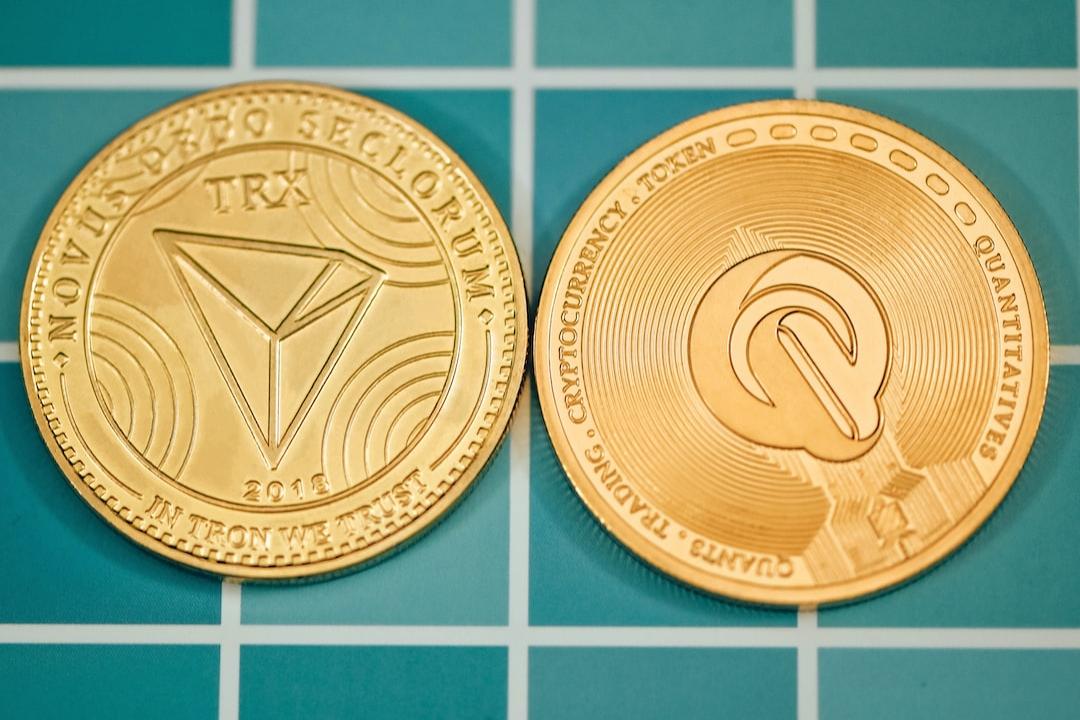Disclaimer: The opinions and perspectives shared in this article are the sole responsibility of the author and do not necessarily reflect the views and opinions of the editorial team at crypto.news.
The security of the Bitcoin network relies on the continuous addition of new blocks to the blockchain, which incentivizes miners financially. Miners earn revenue from transaction fees for all transactions included in the blocks they mine, as well as a block subsidy.
The block subsidy is halved every four years, with the most recent occurrence on April 19, 2024, and will eventually decrease to zero. Its purpose is to ensure miners’ profitability until transaction fees generated by the Bitcoin network become adequate.
The reduction in revenue due to halving can impact miners’ profitability and lead to consolidation within the industry. Miners can counter this by increasing their market share through equipment upgrades, acquisitions, and strategic partnerships. Those miners who have been more profitable and have accumulated BTC reserves are better positioned to make such investments.
Some mining operations may become unprofitable, especially those with high energy costs. Miners are exploring partnerships to balance the load on energy grids, enhancing the economics of renewable energy projects by adjusting energy consumption based on supply and demand. How miners manage their energy costs and liquidity to cover debts and operational expenses will determine their credit risk.
Following the approval of spot Bitcoin ETFs by the SEC earlier this year, the Bitcoin price surged, and transaction volumes rose as institutional investors sought exposure to the asset. Chainalysis reported a significant increase in the Lightning Network’s open channels in 2023, indicating growth in the network’s utility.
Despite Bitcoin’s role in cross-border transactions and recent technological advancements, transaction fees still contribute minimally to miner revenues. Bitcoin’s limited scalability and lack of smart contract capabilities have hindered its growth compared to other blockchains like Ethereum and Solana.
New use cases are emerging, but miners require sustainable revenue streams. Technological innovations within the ecosystem, such as the Runes protocol and Ordinals inscriptions, have led to increased transaction fees. These developments could potentially align Bitcoin with other blockchains supporting tokenization efforts in financial markets.
In the long run, Bitcoin is anticipated to become a global reserve asset and a neutral means of exchange within a network of AI-powered economic agents. However, sustained and increased transaction revenues are essential for the network’s viability, making progress in technological advancements crucial.
Andrew O’Neill, a key figure in S&P Global’s digital asset research, emphasizes the importance of understanding crypto-related risks and their impact on financial markets. His expertise in crypto and defi-related risks, coupled with his background in finance, positions him as a valuable resource in navigating the evolving landscape of digital assets.

